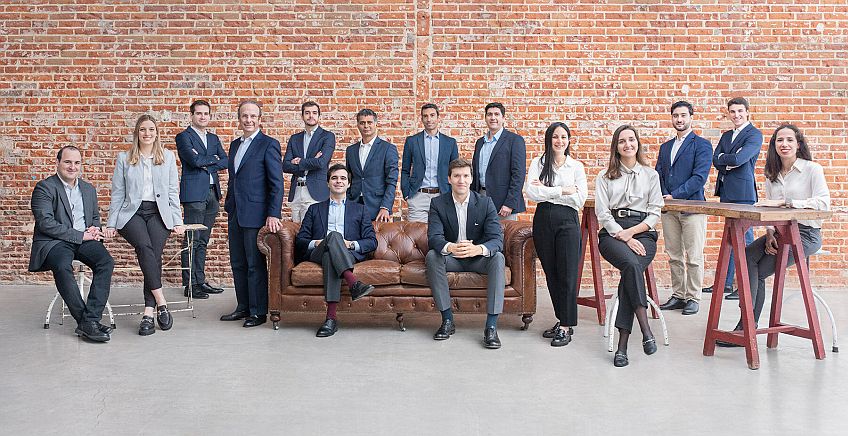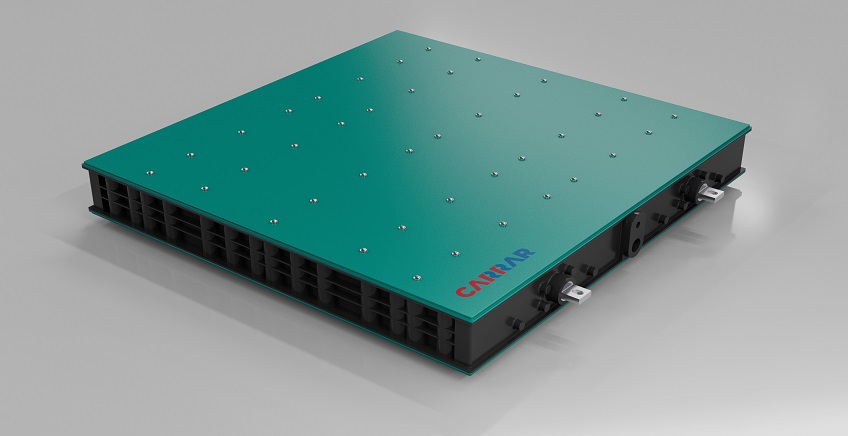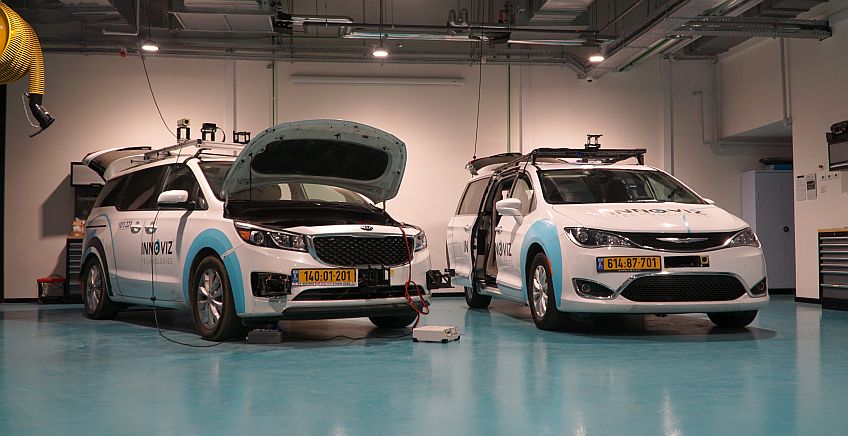Cadence Tensillica IP focuses on deeply embedded processor
28 November, 2016
Sr. Group Director, Xtensa (Tensilica) Processors Steve Roddy: “A typical 16 nanometer produced SoC contains more than 40 processors. According to our estimates, nanometer SoC’s will contain more than 70 different processors”
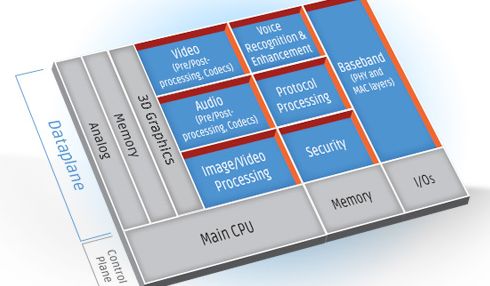
Sr. Group Director, Xtensa (Tensilica) Processors Steve Roddy: “A typical 16 nanometer produced SoC contains more than 40 processors. According to our estimates, nanometer SoC’s will contain more than 70 different processors”
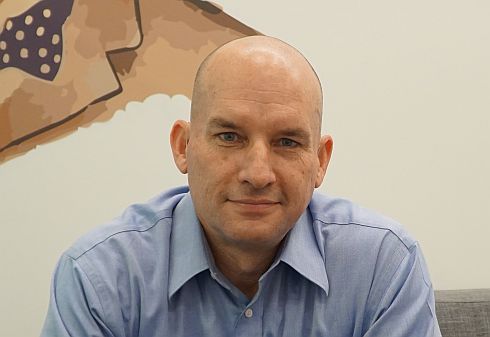
Cadences acquisition of Tensilica marked the company’s entry into the field of intellectual property processors was born out of a very detailed vision of the industry’s future. Sr. Group Director, Xtensa (Tensilica) Processors Steve Roddy outlines this vision. In an interview with Techtime, Roddy explains that Cadence intention isn’t to compete against industry giants or any other company that provides processors, but to supply a completely different function, which coexists alongside the mainstream architectures dominating the market.
Roddy: “Tensilica supplies us with DSPG processors preforming all the applications outside the CPU processor: Audio processing, visuals, video, communications and so on. These applications don’t take the place of the CPU, but rather by using designated processors. We are now developing designated processors for specific applications.”
“For example, Audio is one of our main target markets. The audio field requires many different processors. One of these is a low power audio processor that is constantly on, even when the device is locked. At the same time, an audio processor for the carrying out of voice command is required, and so are many more specific processors.”
What markets are you focusing on?
“We are focusing a lot of attention in the smartphone market, mainly because it’s a huge market. But our new technology wasn’t designed specifically for smartphones. Epson recently released a smart watch, which was based on our processor, while Sysco started production of very large routers, based on the same processor. As I’ve said – we are not focused on a single market. Our product defines in an upper language the processor which we will use, the commands, the number of core as so forth. This code makes it possible to provide customer oriented design. Each of our processors begins with a RISC core, to which every developer adds the elements he desires.
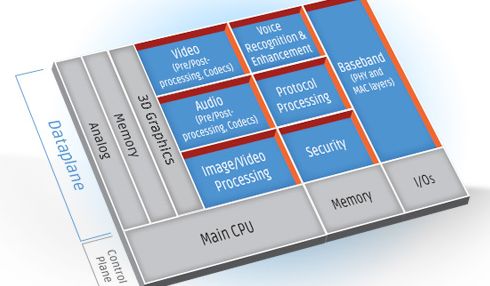
General servers have outlived their usefulness
“We don’t plan to replace industrial CPU architectures, but now it is clear that general servers are inefficient server. The next generation of servers will be equipped with designated image processors, because video files account for 70% of web traffic. FPGA does not provide a comprehensive solution, because while it gives servers greater flexibility, it also wastes as much as ten times more energy than standard logic processors. This is why we believe in Tensilica inside servers, alongside FPGA components, and even integrated into FPGA components”.
What is your forecast for the future of the deeply embedded processors?
“The market is growing exponentially. A typical 16 nanometer produced SoC contains more than 40 processors. According to our estimates, nanometer SoC’s will contain more than 70 different processors. For example – we expect future processors to contain 4-8 image processors, as well as several audio processors. In future 5G networks, we expect to see 10-12 designated processors in the wireless modem alone.
“Many times, it’s hard to recognize all of the integrated processors using a simple block diagram. In DDR controllers for example, there are lots of small signal controllers, which do not appear on block diagrams. You do not integrate dozens of CPU processors into the chip. What you do is ass dozens of micro-controllers and designated processors in order to ensure its general functions”.
Is Israel an important market?
The Israeli market is very dynamic. There are currently four major clusters of active startups in the world – Silicon Valley, Israel, China and Taiwan. Technology such as ours is perfect for company’s developing novel products, and that’s the reason we’ve been active in Israel sine 2000. For example – Design Art Networks, an Israeli developer of processor kits for LTE stations was a customer of ours prior to its acquisition by Qualcomm some 5 years ago”.
Posted in: Electronic Components , Featured Stories , News , Semiconductors

